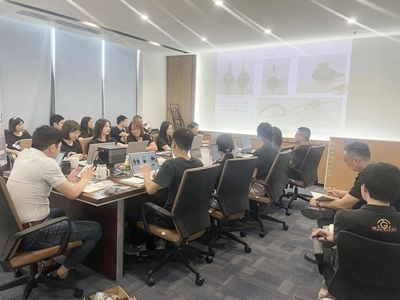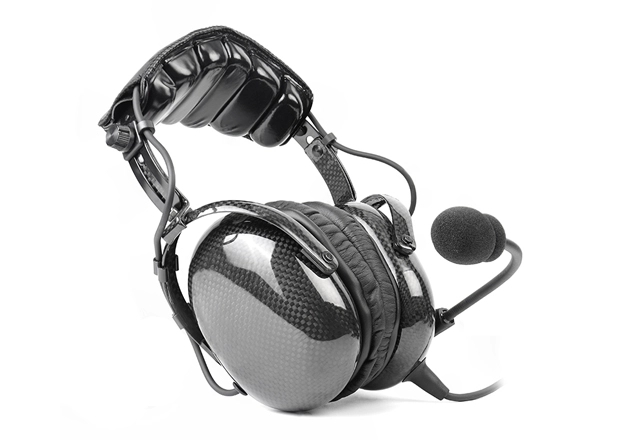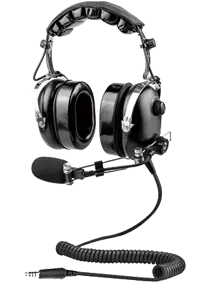1. Monitor
It is a listening method adopted to receive weak signals. The monitor button is generally used to listen to the other party's signal when it is unclear or intermittent, press this button to answer, the effect will be better.

2. Scan
A listening method used in order to hear calls on all channels. By pressing the special key, the receiving circuit receives the channels one by one in a certain order for a period of time to listen to the signals in the channels.
3. Priority Channel Scan
During the scanning process, the set priority channel is preferentially scanned.
4. Delete/Add Scan Channel
Remove or add a channel from the scan list.
5. VoX
When this function is activated, you don't need to press the PTT button, you can start the transmission operation directly by voice.
6. TOT: Time Out Timer
Transmission time limit function, this function is to prevent any caller from occupying the channel for too long, the timer limits the transmission time of the walkie-talkie each time, and restricts the user from overtime transmission.
7. Battery Save
The power-saving function can make the standby time of the device longer. The walkie-talkie has a power-saving function. When the walkie-talkie device does not transmit, receive or press buttons within a certain period of time, the walkie-talkie will automatically shut down for a period of time and start up for a period of time.,which is power saving mode.
8. Backlight
For operation at night or in dim conditions, the LCD display and keys can be seen clearly.
9. Cloning
This feature allows data from one radio to be copied to other radios of the same model.
10. Squelch Level
The strength of the noise in the received signal corresponds to the strength of the signal. The stronger the signal, the weaker the noise. The maximum noise and the minimum noise are divided into several levels.
11. Reverse Frequency
That is to exchange the transmission frequency and reception frequency of the walkie-talkie, and the set instructions are also exchanged.
12. Talk Around
When using the Talk Around function, the transmission frequency of the walkie-talkie becomes the same as the reception frequency, and the transmission command is also converted to the same as the reception command.
13. Auto-Transpond
When the radio receives a correctly coded call, it sends a signal to the calling party in response to the call.
14. Emergency Alarm
Press the emergency button, the walkie-talkie will send out the alarm sound with the loudest sound or send out the predetermined alarm code to other handsets or base stations.
15. Patrol Record
When the patrol personnel arrive at the patrol location, the walkie-talkie will receive the query signal sent by the patrol register, and then automatically start the registration operation, and send its own identity code and other information to the patrol register for registration, indicating that a patrol personnel has arrived at the place.
16. Keylock
Use this function to prevent misoperation of keys, and the keypad lock of the walkie-talkie can be locked and unlocked. This function is mainly to prevent accidental touch of keys.
17. High/L ow power
This function allows users to choose high power or low power according to the actual situation.
18. Busy Channel Lockout
When using this function, users are prohibited from transmitting signals on busy channels.
19. Channel Spacing
Refers to the frequency difference between two adjacent channels set by the walkie-talkie.
20. CTCSS
Continuous Tone Controlled Squelch System, It is a technology that transmits a frequency lower than the audio frequency (67Hz~250.3Hz) in the audio signal. Because the frequency range is below the standard audio frequency, it is called sub-audio frequency. When the walkie-talkie demodulates the received signal at intermediate frequency, the sub-audio signal is filtered and shaped, and input to the CPU for comparison with the CTCSS frequency set by the machine. to decide whether to enable mute.
21. CDCSS
Continuous Digital Controlled Squelch System, Its function is the same as CTCSS, the difference is that it uses digital coding as the condition for whether the mute is on or not.
22. DTMF
Dual Tone Multi Frequency, It consists of a high frequency group and a low frequency group, and the high and low frequency groups contain 4 frequencies. A high-frequency signal and a low-frequency signal are superimposed to form a combined signal, representing a number. There are 16 codes for DTMF commands, and you can choose to call the corresponding walkie-talkie by using DTMF commands.






